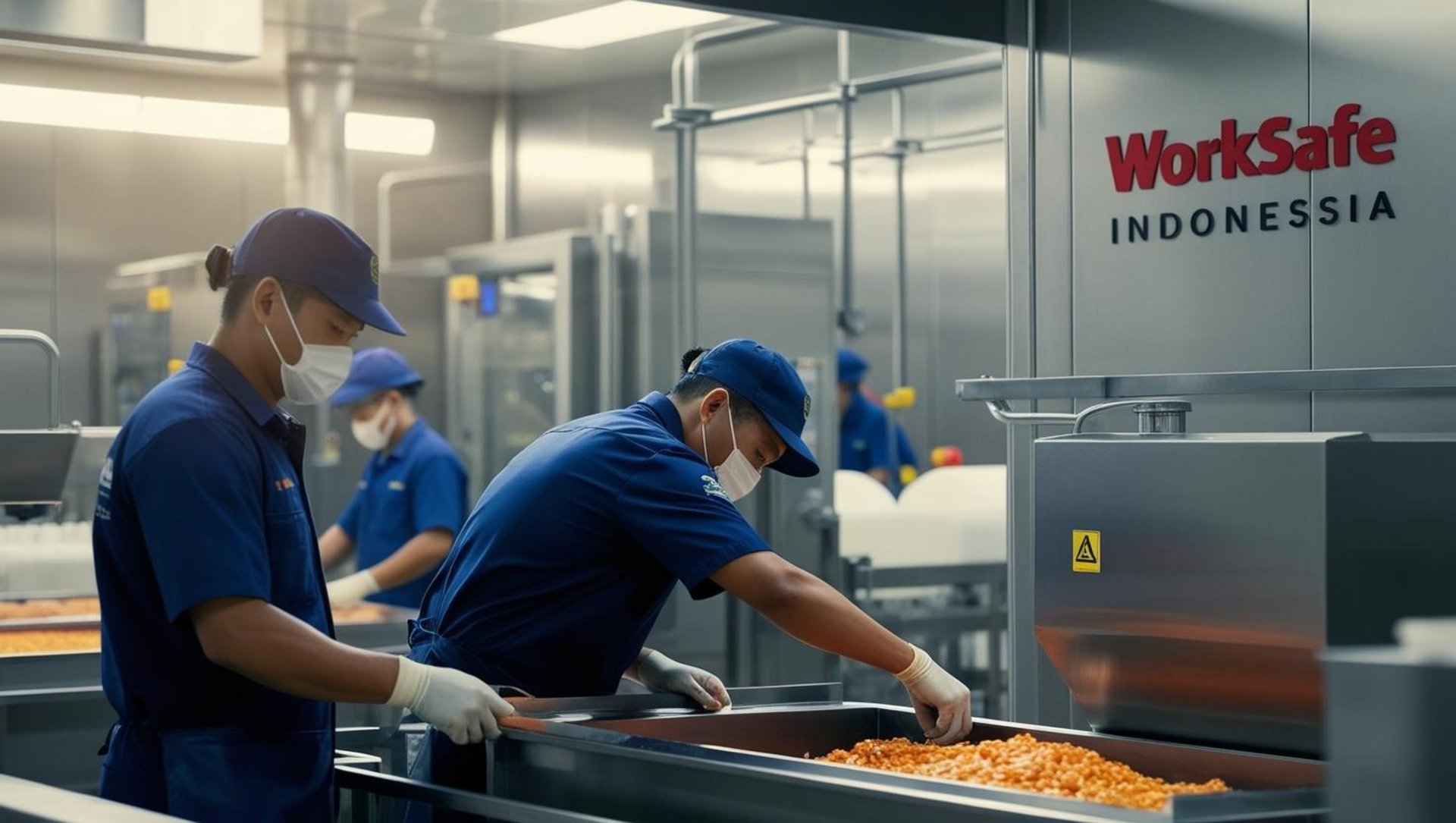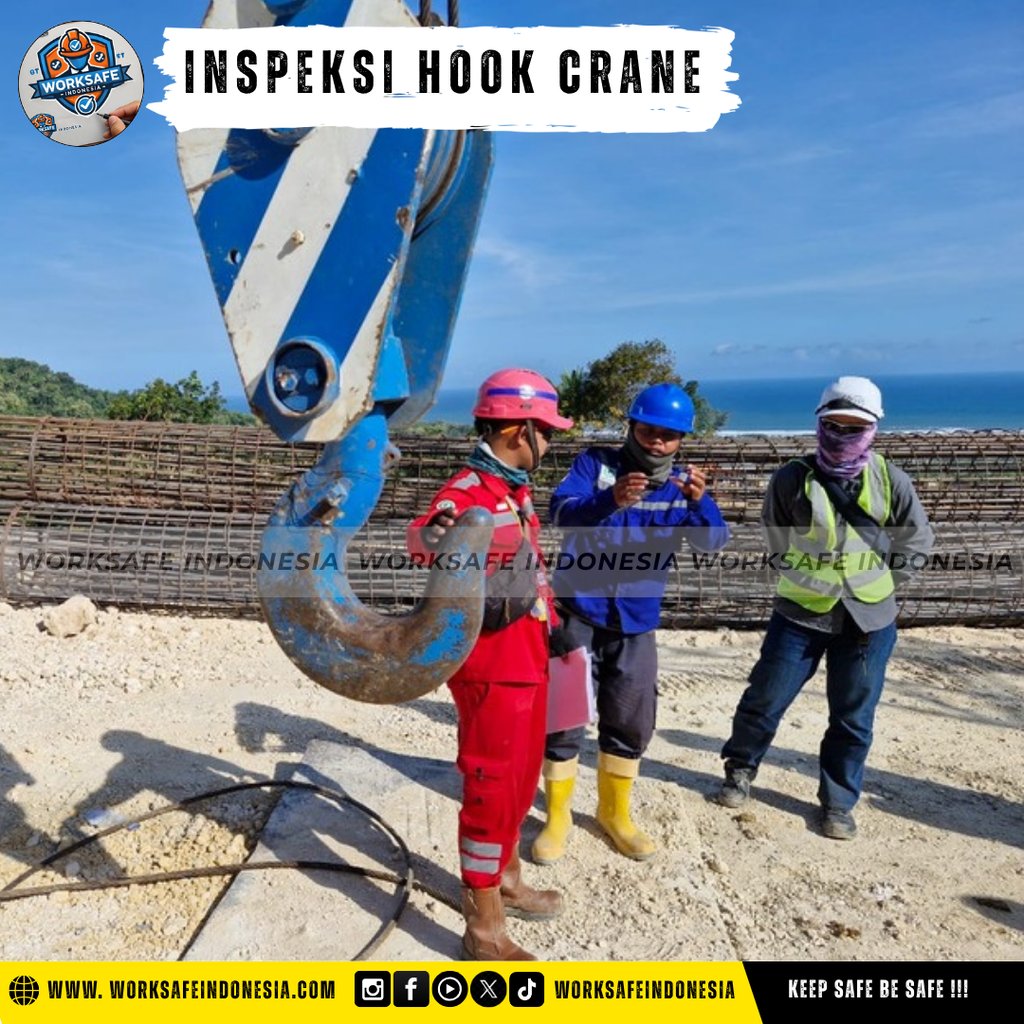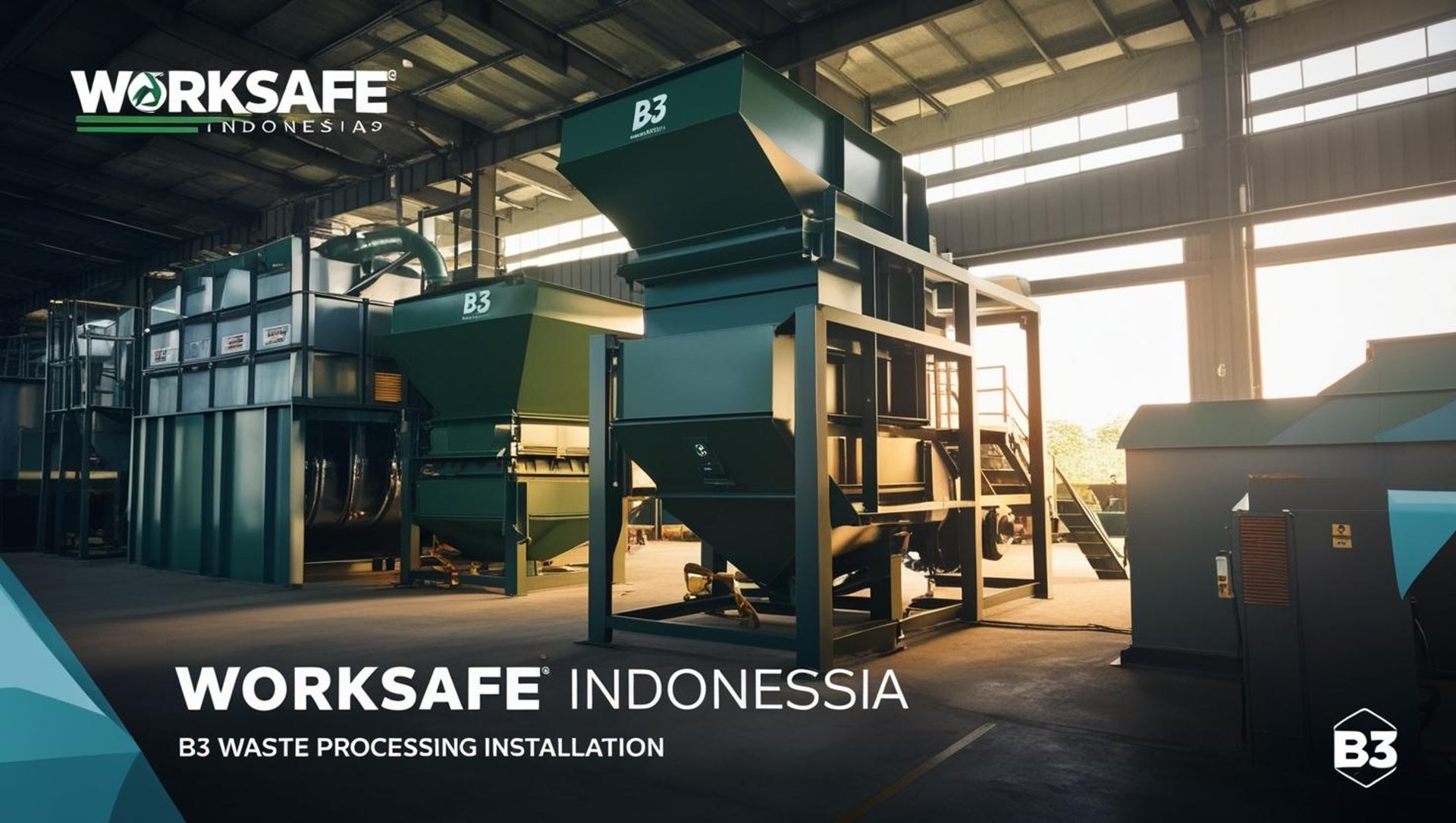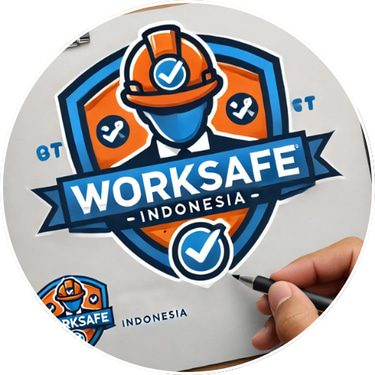
Promoting All About Safety, Health and Environmental
Hook Crane Inspection: A Critical Step to Prevent Lifting Accidents
SAFETY
Septian Indra
8/11/20252 min read


Worksafe - Hook Crane Inspection: A Critical Step to Prevent Lifting Accidents
In lifting operations using overhead cranes, tower cranes, or mobile cranes, the hook is one of the most vital components. It serves as the connection between the crane and the load, transmitting the entire lifting force.
Even minor damage to the hook can result in dropped loads, material damage, and serious accidents that threaten workers’ lives.
That’s why regular hook crane inspections are an absolute necessity.
Purpose of Hook Crane Inspection
Ensure Worker Safety – Prevent hook failure during lifting operations.
Verify Serviceability – Avoid using defective or non-standard hooks.
Support Zero Accident Goals – Reduce the risk of workplace incidents.
Comply with Safety Regulations & Standards – Such as OSHA, ASME B30.10, or relevant SNI standards.
Types of Hook Crane Inspection
1. Daily Inspection (Visual Check)
Performed before crane operation, including:
Checking for cracks on all hook surfaces.
Ensuring no deformation (bending or throat opening enlargement).
Verifying the safety latch functions properly and closes fully.
Checking for wear on the shank and load-bearing areas.
Ensuring there is no severe corrosion.
2. Periodic Inspection (Detailed Check)
Performed by a competent person, typically every 3–6 months or based on equipment usage hours:
Measuring the throat opening – if it’s more than 10% wider than the original size → hook must be replaced.
Measuring twist – must not exceed 10°.
Measuring wear on the load-bearing area – must not exceed 5–10% of the original dimension.
Performing Non-Destructive Testing (NDT) such as Dye Penetrant or Magnetic Particle Inspection to detect micro-cracks.
Criteria for Unserviceable Hook
A hook must be immediately replaced if:
There are cracks, fractures, or excessive wear.
There is deformation (bent, throat opening >10%, twist >10°).
The safety latch is missing or damaged.
There is severe corrosion reducing its strength.
Daily Inspection Steps
Ensure the crane is turned off and safe for inspection.
Use a flashlight to check hidden areas.
Visually inspect from all sides.
Run your hand over surfaces to feel for minor cracks.
Record inspection results in the inspection log.
Report any damage and STOP operation until the hook is repaired or replaced.
Conclusion
Hook crane inspection is a simple and quick procedure, yet extremely important. Neglecting it can lead to costly material loss, project delays, and even loss of life.
Make “check before use” a habit as part of your commitment to Zero Accident.
Worksafe Indonesia
Keep Safe, Be Safe!!

